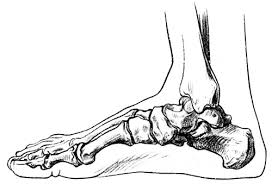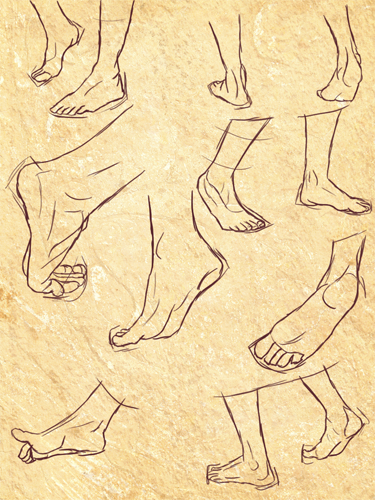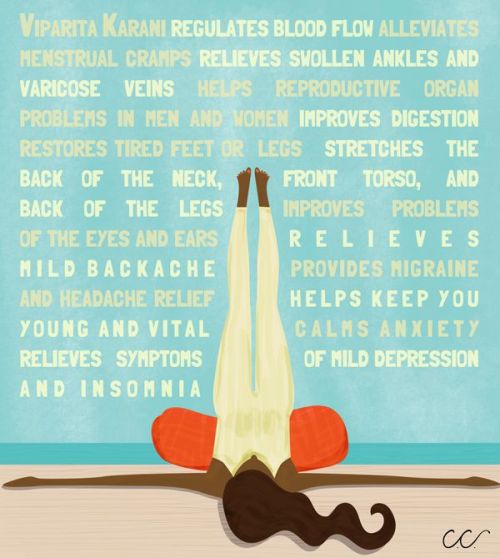 It’s been all about the feet in class this week. We’ve been looking at foot and ankle alignment, as well as stretching the muscles around the feet (which can get surprisingly tight). Here’s a video with some great exercises for foot health:
It’s been all about the feet in class this week. We’ve been looking at foot and ankle alignment, as well as stretching the muscles around the feet (which can get surprisingly tight). Here’s a video with some great exercises for foot health:
We often neglect the poor feet, so every so often it’s nice to appreciate what they allow us to do in daily life, and in yoga- balance, strength, stability.

Look after your feet- Give yourself a weekly/daily foot massage. Put your feet up:

Let go of your toes- gripping the toes could be a sign you are holding something somewhere else in the body
so just stay…and exhale
until the message crawls to the feet
and the gripping goes away
(From: breath:the essence of yoga)
Use your feet- try to walk barefoot as much as you can to allow the foot and ankle the space to move, free from shoes. Walk on uneven surfaces- when we’re not sitting, most of our day is spent walking on flat, even ground which means we’re never really using the ankle joint and muscles in the feet to their full capabilities (for more information on this, see the amazing Katy Bowman’s work)- stray off the path, instead of steps walk uphill, walk downhill, and don’t forget to squat (see here for how to perfect your squat)!






